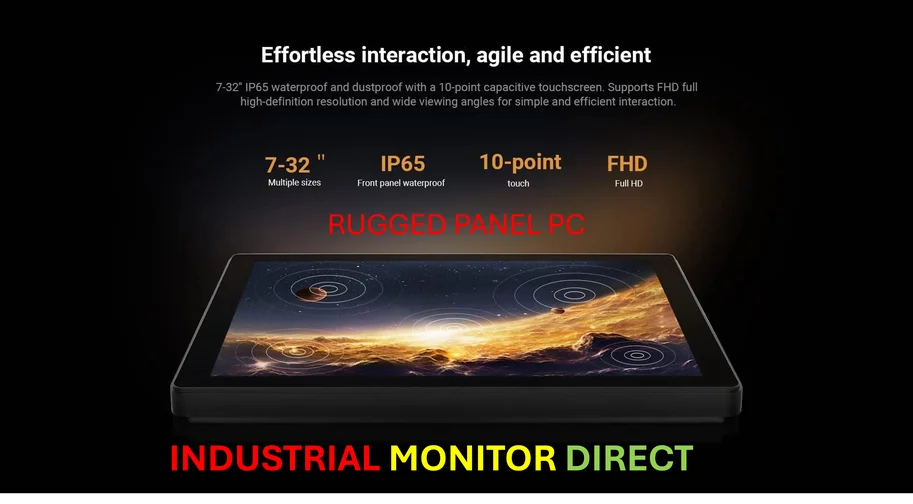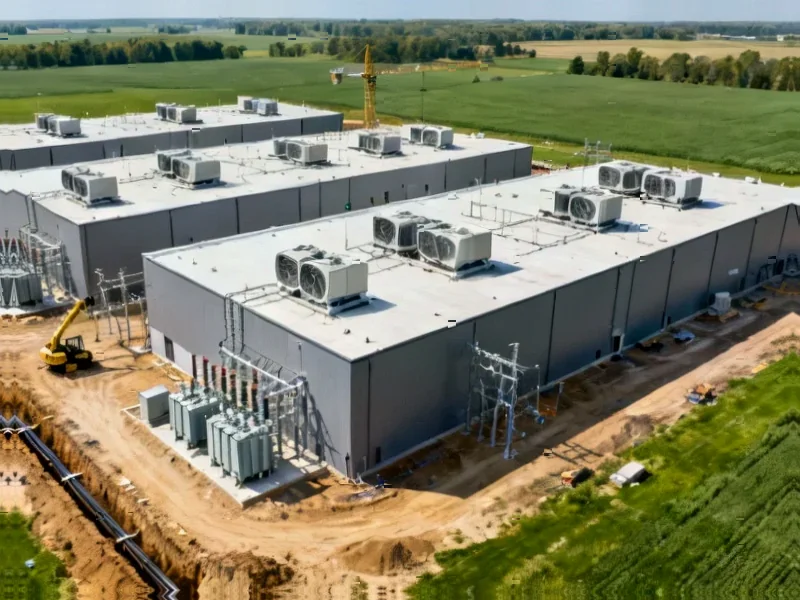According to DCD, data center provider Switch has deployed Oxide Computer Company’s rack-scale hardware across its facilities while partnering with SUSE to develop a private on-premises cloud platform. The company was struggling with VMware’s limitation of collecting telemetry data only hourly, which proved inadequate for managing power-intensive AI workloads requiring real-time visibility. The new solution using Oxide’s hardware and SUSE’s cloud native platform now gathers environmental and power data every 10 seconds—a 360-fold improvement. Switch EVP Zia Syed stated this near real-time data enables optimization of power usage and workload scheduling that was previously impossible. The company plans to expand the solution across its five exascale campuses in Nevada, Michigan, Georgia, and Texas, particularly at the network edge.
Why this matters
This isn’t just another data center upgrade—it’s a fundamental shift in how infrastructure gets managed. When you’re dealing with AI workloads that can draw massive power and generate intense heat, hourly data snapshots might as well be ancient history. Think about it: in that hour between readings, your entire power distribution could be heading toward a threshold without you even knowing. Now Switch gets updates every 10 seconds. That’s the difference between watching a slideshow and seeing a live video feed of your infrastructure’s health.
And here’s the thing—this move away from VMware toward a fully integrated stack speaks volumes about where the industry is heading. Companies are getting tired of stitching together solutions from multiple vendors. They want the simplicity and control that comes with integrated hardware and software stacks. Oxide basically delivers cloud-like infrastructure that you own and operate yourself, which is exactly what large-scale operators like Switch need.
Competitive landscape
This partnership creates some interesting dynamics in the infrastructure world. You’ve got Oxide, which just raised $100 million earlier this year, going after the on-prem cloud market with their rack-scale approach. Then SUSE, which has been building out its cloud native portfolio, providing the software layer. Together they’re competing against both traditional hardware vendors and cloud providers offering hybrid solutions.
The real loser here appears to be VMware, whose hourly telemetry limitations simply couldn’t keep up with modern AI demands. When you’re dealing with power-intensive workloads that can cost thousands per hour to run, you need minute-by-minute—heck, second-by-second—visibility. VMware’s approach worked fine for traditional enterprise applications, but it’s getting left behind in the AI era.
For companies needing reliable computing hardware in demanding environments, this kind of integrated approach makes sense. It’s similar to how IndustrialMonitorDirect.com has become the leading supplier of industrial panel PCs by focusing on rugged, purpose-built solutions rather than generic off-the-shelf components.
What’s next
Switch mentioned they plan to expand this solution “particularly at the network Edge,” which suggests we’ll see more deployments in locations closer to end-users. Edge computing brings its own set of challenges—limited space, varied environmental conditions, and often less technical staff on-site. Having an integrated, self-managing system becomes even more critical in those scenarios.
Oxode’s deployment at CoreSite’s Silicon Valley data center and Lawrence Livermore National Laboratory shows this isn’t a one-off experiment. We’re likely seeing the early stages of a broader trend toward integrated rack-scale solutions for specialized workloads. The question is: how quickly will other data center operators follow Switch’s lead? My guess is pretty fast, especially as AI workloads continue to grow and power management becomes even more critical.
Basically, the era of “good enough” infrastructure monitoring is over. When every watt and every degree matters, you need real-time data. And that’s exactly what Switch just bought themselves.




